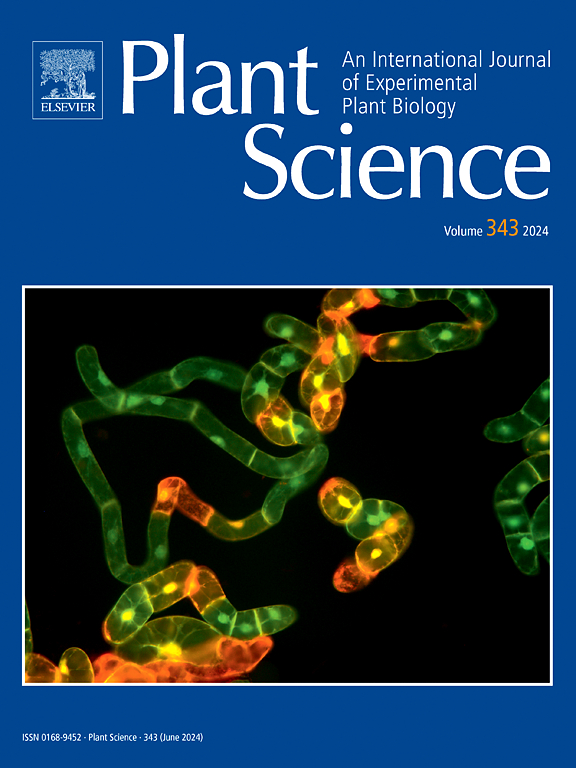PpGATA4 mediates fruit softening and transcriptionally regulates PpEXPA1 in peach (Prunus persica)
IF 4.2
2区 生物学
Q2 BIOCHEMISTRY & MOLECULAR BIOLOGY
引用次数: 0
Abstract
Softening during fruit ripening often exacerbates mechanical damage during postharvest processing and increases susceptibility to pathogens. According to current research, the fruit softening process is closely related to the degradation of the cell wall. The nonenzymatic protein expansin (EXP) is a key cell wall loosening agent involved in cell growth and cell wall degradation. However, the transcriptional regulation of EXPs during peach fruit softening remains unclear. In this study, the transcription factor PpGATA4 was found to be involved in the postharvest softening of peach fruit. To better understand the regulatory mechanisms involved, the GATA gene family in peach (Prunus persica) was identified. Analysis of the transcriptomes of the transient overexpression and postharvest storage stages of peach revealed that an expansin gene, PpEXPA1, was related to PpGATA4. Further studies revealed a regulatory model in which PpGATA4 could transactivate the expression of PpEXPA1.
PpGATA4介导桃子果实软化,并通过转录调控PpEXPA1。
水果成熟过程中的软化往往会加剧采后加工过程中的机械损伤,并增加对病原体的易感性。根据目前的研究,果实的软化过程与细胞壁的降解密切相关。非酶促蛋白扩张蛋白(EXP)是参与细胞生长和细胞壁降解的关键细胞壁松动剂。然而,桃果软化过程中exp的转录调控尚不清楚。本研究发现转录因子PpGATA4参与了桃果实采后软化过程。为了更好地了解GATA基因的调控机制,我们对桃GATA基因家族进行了鉴定。对桃瞬时过表达和采后贮藏阶段的转录组分析表明,扩增蛋白PpEXPA1与PpGATA4相关。进一步的研究揭示了PpGATA4可以反激活PpEXPA1表达的调控模型。
本文章由计算机程序翻译,如有差异,请以英文原文为准。
求助全文
约1分钟内获得全文
求助全文
来源期刊

Plant Science
生物-生化与分子生物学
CiteScore
9.10
自引率
1.90%
发文量
322
审稿时长
33 days
期刊介绍:
Plant Science will publish in the minimum of time, research manuscripts as well as commissioned reviews and commentaries recommended by its referees in all areas of experimental plant biology with emphasis in the broad areas of genomics, proteomics, biochemistry (including enzymology), physiology, cell biology, development, genetics, functional plant breeding, systems biology and the interaction of plants with the environment.
Manuscripts for full consideration should be written concisely and essentially as a final report. The main criterion for publication is that the manuscript must contain original and significant insights that lead to a better understanding of fundamental plant biology. Papers centering on plant cell culture should be of interest to a wide audience and methods employed result in a substantial improvement over existing established techniques and approaches. Methods papers are welcome only when the technique(s) described is novel or provides a major advancement of established protocols.
 求助内容:
求助内容: 应助结果提醒方式:
应助结果提醒方式:


